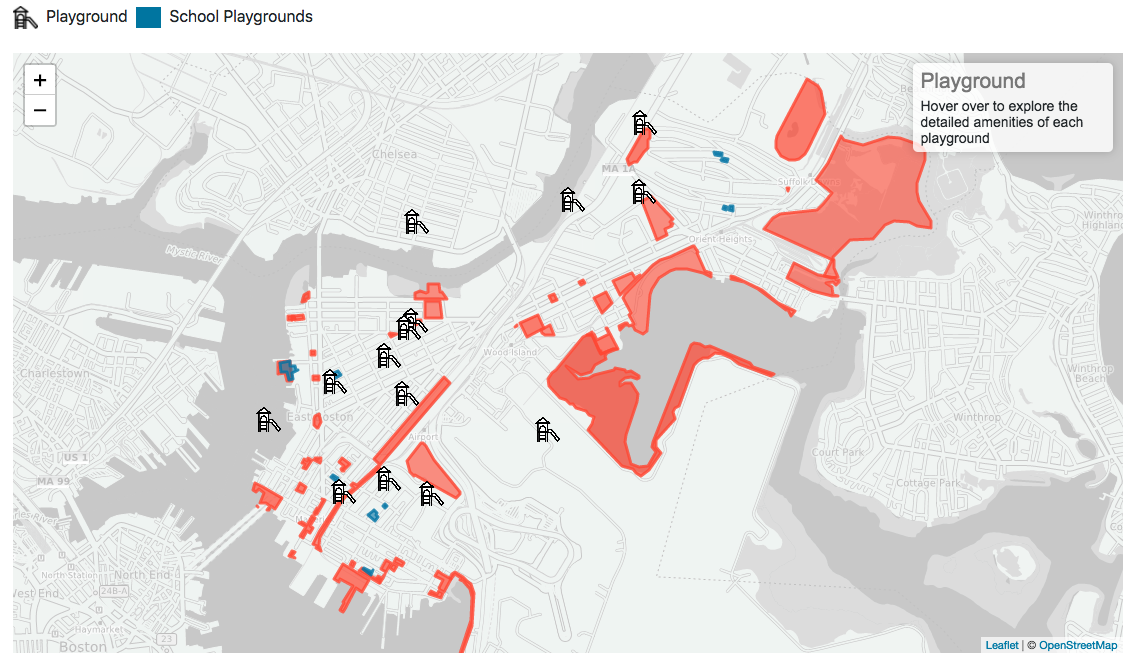The MS in Information Design and Data Visualization program is a research and analysis-oriented program focused on the exploration and communication of digital information. Students gain an understanding of translating data and information into visual languages and learn to integrate theoretical, cognitive, visual, and technical aspects of visualizations that engage a broad range of audiences. Our students have the unique advantage of studying at a major research university known for interdisciplinary collaboration. We seek applicants from diverse backgrounds who are interested in exploring data, visual and auditory design, perception and creative inquiry. Practicing professionals and recent undergraduates in a variety of fields (architecture, graphic design, journalism, communications, business, the humanities, and sciences) who desire a fluency in information design should apply.
The curriculum is designed to meet the needs of students through flexible delivery and is comprised of 9 required courses, totaling 32 semester hours. The standard plan of study has the duration of two years, having students take two courses (8 credits) per semester. The program culminates with a written thesis on an information design/data visualization project. Students will start exploring and developing the project in the Information Design Studio 2 course and will be provided with a thesis advisor in their last semester. The thesis course accounts for individual student work and writing developed under the supervision of the advisor.
Graduates will be able to collaborate effectively in the dynamic and burgeoning field of information design and data visualization practice and research as well as be prepared to work in design agencies, research institutions, companies, and public institutions.
MS in Information Design and Data Visualization in Boston
The MS in Information Design and Data Visualization program is also available at the Boston campus.
Learning Outcomes
Students will gain the skills to design and implement visual and interactive information displays that clarify complex matters, explain processes, reveal insights, elucidate concepts, and relate stories. The program will guide them how to:
- Develop confidence using quantitative and qualitative design research methods to collect small and large data sets. Analyze and synthesize different types of data to inform decisions throughout the visualization process.
- Engage in critical analysis of data types from multiple sources, case studies, and scenarios of varying levels of complexity. Demonstrate an understanding of visual cognition principles and core techniques and approaches to effectively visualize and map data.
- Combine data sensitivity and analytical methods with design principles to translate ideas and complex issues into graphic forms and visual communications. Create visualizations that reveal meaningful patterns and narratives using a range of techniques and modalities.
- Articulate and develop visual literacy on information design and visualization history, methods, and processes. Develop critical language to assess the quality, effectiveness and efficiency, and ethical considerations of data-driven interventions.
- Represent data using multiple visual languages and formats. Design engaging interactive, data-driven communication and installations, and build compelling data arguments addressing cognitive and perceptual principles.






